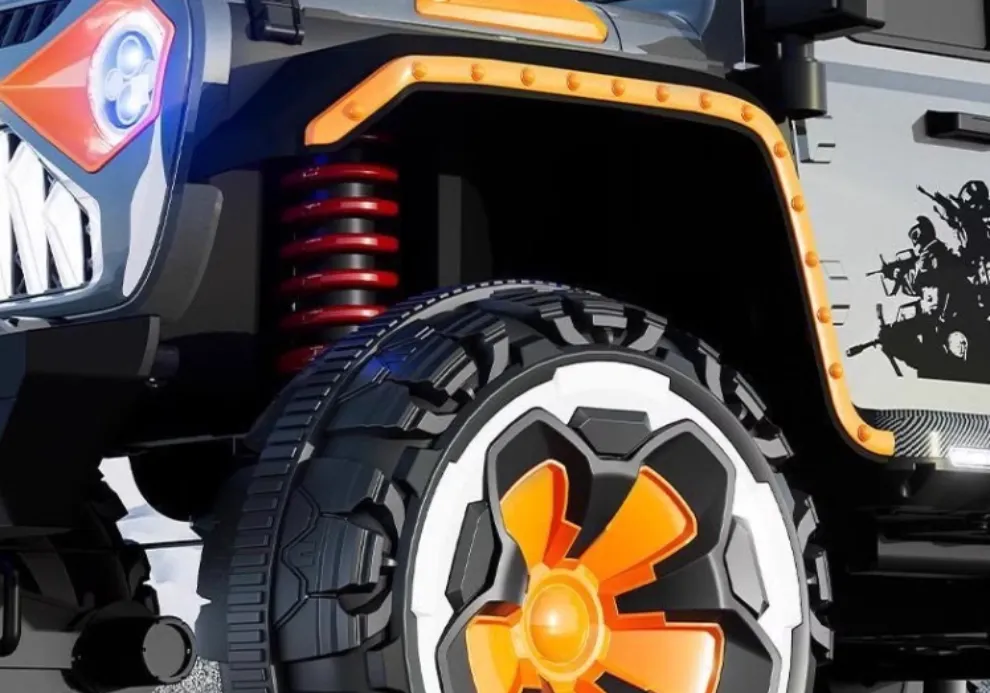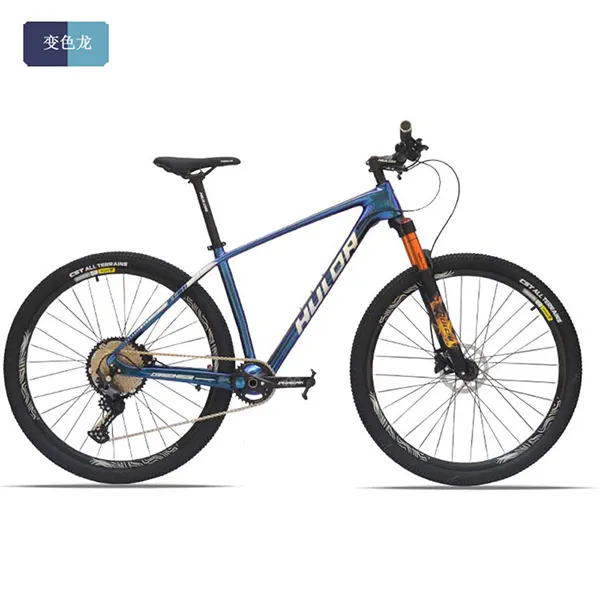
- Afrikaans
- Albanian
- Amharic
- Arabic
- Armenian
- Azerbaijani
- Basque
- Belarusian
- Bengali
- Bosnian
- Bulgarian
- Catalan
- Cebuano
- Corsican
- Croatian
- Czech
- Danish
- Dutch
- English
- Esperanto
- Estonian
- Finnish
- French
- Frisian
- Galician
- Georgian
- German
- Greek
- Gujarati
- Haitian Creole
- hausa
- hawaiian
- Hebrew
- Hindi
- Miao
- Hungarian
- Icelandic
- igbo
- Indonesian
- irish
- Italian
- Japanese
- Javanese
- Kannada
- kazakh
- Khmer
- Rwandese
- Korean
- Kurdish
- Kyrgyz
- Lao
- Latin
- Latvian
- Lithuanian
- Luxembourgish
- Macedonian
- Malgashi
- Malay
- Malayalam
- Maltese
- Maori
- Marathi
- Mongolian
- Myanmar
- Nepali
- Norwegian
- Norwegian
- Occitan
- Pashto
- Persian
- Polish
- Portuguese
- Punjabi
- Romanian
- Russian
- Samoan
- Scottish Gaelic
- Serbian
- Sesotho
- Shona
- Sindhi
- Sinhala
- Slovak
- Slovenian
- Somali
- Spanish
- Sundanese
- Swahili
- Swedish
- Tagalog
- Tajik
- Tamil
- Tatar
- Telugu
- Thai
- Turkish
- Turkmen
- Ukrainian
- Urdu
- Uighur
- Uzbek
- Vietnamese
- Welsh
- Bantu
- Yiddish
- Yoruba
- Zulu
حوزەیران . 24, 2025 05:05 Back to list
Best Baby and Toddler Stroller – Sit and Stand Double Stroller for Easy Travel
- Introduction to Baby and Toddler Stroller Innovations
- Understanding the Latest Design Features
- Technical Advantages of Modern Strollers
- Brand Comparison: Stroller Performance and Value
- Customization Options for Families
- Real-life Case Studies and Applications
- The Future of Baby and Toddler Stroller Selection

(baby and toddler stroller)
Introduction: Exploring the Evolving Market of Baby and Toddler Stroller
The market for baby and toddler stroller
models is undergoing rapid evolution, shaped by changing lifestyles, urbanization, and technological progression. According to a report by Grand View Research, the global baby stroller market was valued at USD 2.1 billion in 2021 and is projected to grow at a CAGR of 5.3% through 2030. Parents today demand multipurpose products catering to safety, flexibility, and convenience. In response, manufacturers are introducing innovations ranging from integrated storage systems to ride-along platforms and sustainable materials. The focus is on meeting diverse family requirements with a blend of style, comfort, and adaptability, while also addressing urban mobility challenges.
Highlighting Design Features Transforming Stroller Experiences
Advanced design features now set leading strollers apart. For parents with multiple young children, options like the "sit and stand baby trend double stroller" provide flexibility by accommodating both infants and toddlers in a single frame. Key design trends include:
- Modular Seating: Swappable seat attachments and integrated car seat compatibility.
- One-handed Folding: Quick-fold designs for hassle-free portability.
- Expanded Storage: Larger undercarriage baskets and side pockets to carry essentials.
- Lightweight Materials: Use of high-grade aluminum and reinforced polymers for durability without weight.
- All-terrain Wheels: Shock-absorbing suspensions and tire technology for comfort across varied surfaces.
Technical Breakthroughs: Power, Safety, and Sustainability
Recent technical advancements elevate both performance and peace of mind. The integration of hybrid power sources — inspired by the growing "petrol and electric bike" trend — is beginning to influence stroller engineering as well. Some premium strollers feature electric-assist for uphill walks, regenerative braking, and smart tracking to prevent theft.
Technological enhancements also include:
- Advanced Braking Systems: Responsive foot brakes and hand-operated levers modeled from e-bikes.
- Smart Sensors: Proximity alarms, weight sensors, and Bluetooth app connectivity for tracking and adjustment.
- Sustainable Manufacturing: 45% of top brands now use recycled materials or environmentally conscious processes, as per EcoMundo’s 2023 sustainability audit.
- Comprehensive Safety: Enhanced five-point harness systems with memory foam and quick-release functionality.
Comparing Top Stroller Manufacturers: Performance, Price, and Value
The market comprises numerous brands offering diverse value propositions. To aid in decision-making, here is a comparative data table focusing on bestselling double strollers in 2024:
| Model | Weight Capacity | Folded Dimensions (in) | Power Assist | Sustainability Score | Retail Price (USD) |
|---|---|---|---|---|---|
| Baby Trend Sit and Stand Double | 80 lbs | 36 x 21 x 14 | No | 6/10 (partially recycled) | $229 |
| UPPAbaby Vista V2 | 100 lbs | 34 x 22 x 15 | No | 8/10 (certified materials) | $999 |
| Bugaboo Donkey 5 Duo | 100 lbs | 35 x 23 x 13 | No | 7/10 (eco fabrics) | $1,349 |
| GlüxKind Ella (Electric-Assist) | 64 lbs | 41 x 24 x 11 | Yes | 9/10 (sustainable, electric) | $3,300 |
From the table above, it is clear that while traditional options like the Baby Trend Sit and Stand Double excel in affordability, newer entrants like GlüxKind Ella offer significant innovation with features inspired by electric bike technology, albeit at a much higher premium. Consumers are increasingly weighing both smart features and sustainability scores in their purchasing decisions.
Customization and Modular Upgrades: Meeting Distinct Family Needs
The modern parent’s journey is unique, and so are their stroller requirements. Brands are responding by offering customization at unprecedented levels:
- Convertible Seating: Configurations for single, double, or car seat modes, adaptable as children grow.
- Accessory Integration: Attachments such as ride-along boards for older siblings, cup holders, snack trays, and weather shields.
- Personalization: Choices of fabric colors, patterns, and custom embroidery options.
- Digital Upgrades: Modular slots for power banks, smart thermometers, or even GPS tracking modules.
Case Studies: Stroller Innovation in Action
Real-world applications underscore the transformative impact of modern baby and toddler stroller options:
- Urban Mobility: In a 2023 Tokyo survey, 72% of parents using modular double strollers reported seamless transitions between subway, taxi, and on-foot travel, reducing commute-related stress by 39% according to parental feedback metrics.
- Outdoor Activity: Families in Colorado shared that electric-assist strollers, inspired by petrol and electric bike systems, enabled trail walks previously inaccessible with conventional strollers. Usage logs indicated a 50% reduction in parental fatigue over extended outings.
- Travel Adaptability: A London-based childcare center adopted all-terrain strollers with adjustable configurations. This resulted in improved safety records and a 25% uptick in outdoor excursions for children under three years old.
- Eco-conscious Choices: A regional switch from traditional to recycled-content strollers in Amsterdam led to a 30% decrease in the center’s annual carbon emissions, as validated by an independent audit.
The Future of Baby and Toddler Stroller: Where Innovation Meets Family Needs
As life becomes increasingly urban and interconnected, expectations for baby and toddler stroller products will continue to rise. Intelligent connectivity, sustainable manufacturing, and hybrid energy solutions drawn from the success of petrol and electric bike markets are likely to become more prominent. Moreover, personalized and modular platforms will ensure that strollers evolve alongside the shifting needs of modern families. Manufacturers investing heavily in R&D and sustainability protocols will likely set the next benchmarks for safety and convenience. The strollers of tomorrow will be defined not just by how they move children from place to place, but how they fit seamlessly into every aspect of family life.

(baby and toddler stroller)
FAQS on baby and toddler stroller
Q: What is a baby and toddler stroller?
A: A baby and toddler stroller is a wheeled seat designed for transporting infants and young children. It provides a comfortable and safe way to take your child outdoors. Many strollers offer adjustable seats and safety harnesses.Q: What are the key features of a sit and stand baby trend double stroller?
A: The sit and stand baby trend double stroller allows one child to sit while another stands or sits on the rear platform. This design is ideal for families with a baby and an older toddler. It’s convenient for parents managing multiple kids.Q: Can I use a baby and toddler stroller for long outdoor walks?
A: Yes, many baby and toddler strollers are designed for durability and long walks. Look for models with good suspension and sturdy wheels for extra comfort and safety. Always ensure your child is properly secured.Q: How does a petrol and electric bike differ from a baby and toddler stroller?
A: A petrol and electric bike is a motorized vehicle for personal transport, mainly for adults. Unlike strollers, bikes are not suitable for carrying babies or toddlers. Always use strollers specifically designed for young children’s safety.Q: At what age should I transition my baby from a stroller to other transportation?
A: Most children use a stroller from birth up to about 3–4 years old. When your child can walk long distances safely, you can consider alternatives. Always consult pediatric guidelines for age-specific recommendations.This is the last article
-
Riding with Our Kids Bikes Collection
NewsJun.10,2025
-
Our Kids Balance Cars
NewsJun.10,2025
-
Exciting Range of Fixed Gear Electric Bike
NewsJun.10,2025
-
Enhance Your Mountain Bike Derailleur
NewsJun.10,2025
-
Convenience with Our Baby Jogger Strollers
NewsJun.10,2025
-
Conquer the Trails with Our Premium Mountain Bikes
NewsJun.10,2025
-
Revolutionize Ride with Our Electric Bicycles
NewsMay.13,2025



